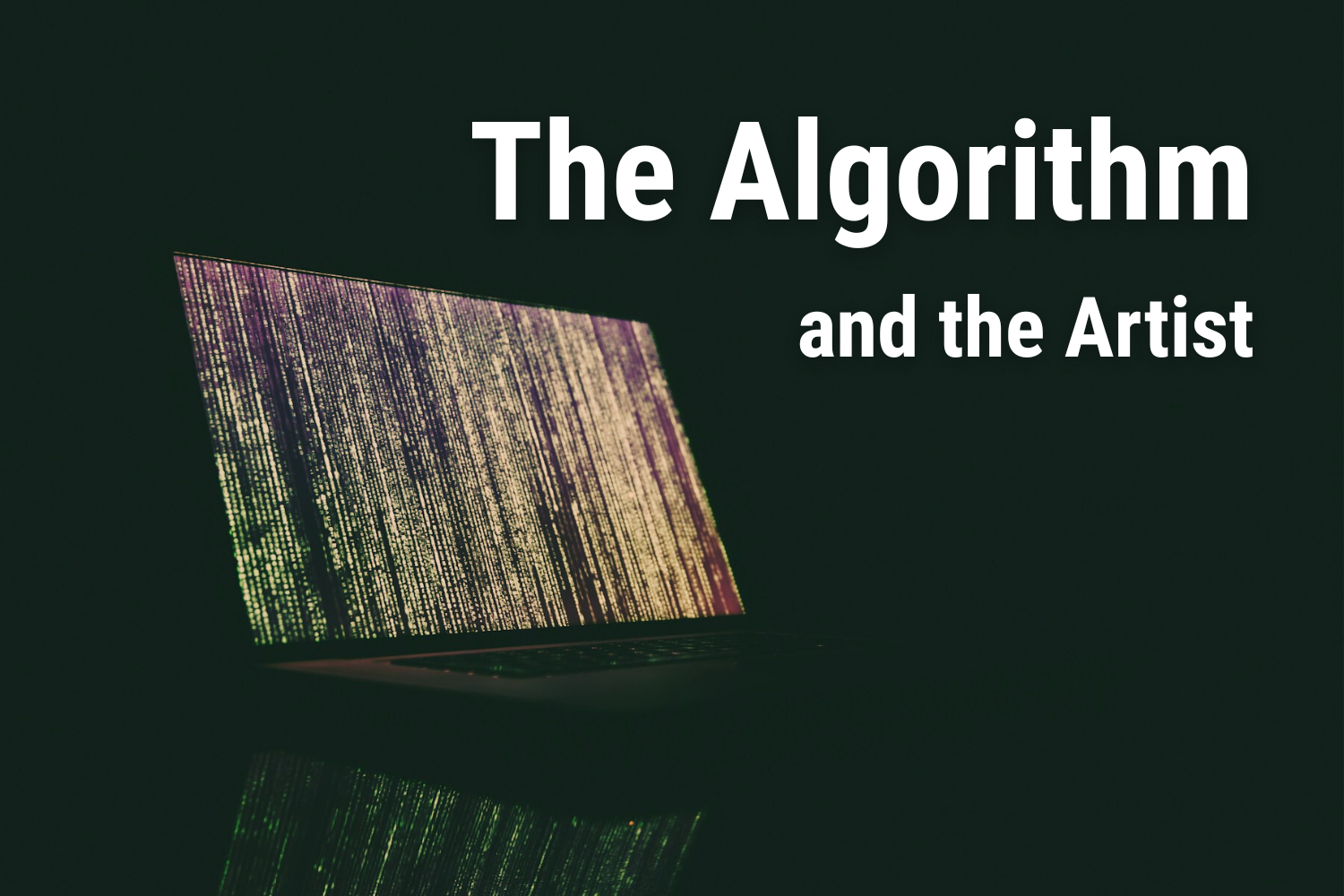The Algorithm and the Artist
What happens when creation meets calibration.
The Modern Exchange
The modern era has given audiences unprecedented access to artists — and artists an equally unprecedented pressure to stay visible. The medium has become the message, not in theory but in daily behavior. Every platform quietly asks the same question in different language: How often can you feed me?
The line between creator and consumer has blurred. Listeners, readers, and viewers are now participants, shaping creative choices through their presence, likes, and comments. This new kind of exchange can be generous and inspiring, but it also carries invisible costs. The speed of interaction often collapses the distance needed for reflection.
When the process becomes public, art risks becoming calibration — the act of adjusting yourself to please a machine that does not care what you meant to say.
When Sharing Becomes the Work
The shift is subtle. You finish a song, a poem, or a piece of writing and think about how it might look in a feed. The instinct is not false, but it changes the shape of creation. What once belonged to exploration becomes part of presentation.
Platforms reward consistency over curiosity. The algorithm smiles on the reliable, the repeatable, the content that keeps pace with its clock. Quality and frequency are treated as the same thing, which is a kind of quiet tragedy.
To stay visible, artists are told to fragment themselves — to document, to explain, to perform process. But too much exposure can bleach the color out of meaning.
The Beauty and the Blur
None of this is entirely bad. The same immediacy that flattens nuance also allows for genuine connection. A song can travel from a basement to a stranger’s headphones in seconds. A photograph can find the one person it was meant for. There’s something miraculous in that.
But access changes art. It alters what gets made and when it feels finished. The need to be seen can easily outweigh the need to understand. Somewhere in the mix of attention and ambition, the difference between what resonates and what performs gets lost.
The system cannot measure stillness, so it treats it as failure. Yet stillness is often where the next idea hides.
Learning to Look Away
I work in marketing. I understand the systems. I know how engagement loops are built, what drives discovery, and how visibility turns into profit. That knowledge helps when I’m helping others, but it becomes poison when applied to my own creative life.
When I make music or write, I try to unlearn what I know. I remind myself that the goal is not to reach everyone but to reach someone in a way that feels real. I try to trust that the work will find the people it belongs to. All of my favorite things found me quietly, without strategy.
It’s not an act of rebellion; it’s an act of faith.
What the System Rewards
Algorithms reward interaction, not meaning. They encourage frequency, not depth. They create feedback loops that favor our worst impulses — urgency, comparison, self-doubt.
You can’t control the system. You can only choose how much of yourself you hand over to it.
Artists who chase the algorithm eventually start to make work that sounds like the algorithm — predictable, optimized, hollow. Artists who learn to ignore it keep their sense of scale.
The system punishes patience, but art depends on it.
A Way Forward
To work in this time is to balance two contradictory truths: connection is beautiful, and constant connection is corrosive.
The answer is not to retreat completely, but to participate on your own terms. Share when it feels true, not when the calendar says you should. Step away long enough to forget who’s watching. The silence you find there will tell you what to make next.
Visibility is not the same as vitality. The system will come and go, but the work remains.
Closing Reflection
The goal is not to beat the algorithm. It’s to remember why you started before it existed — to make something that matters even if no one clicks.
That’s the only metric worth measuring.
